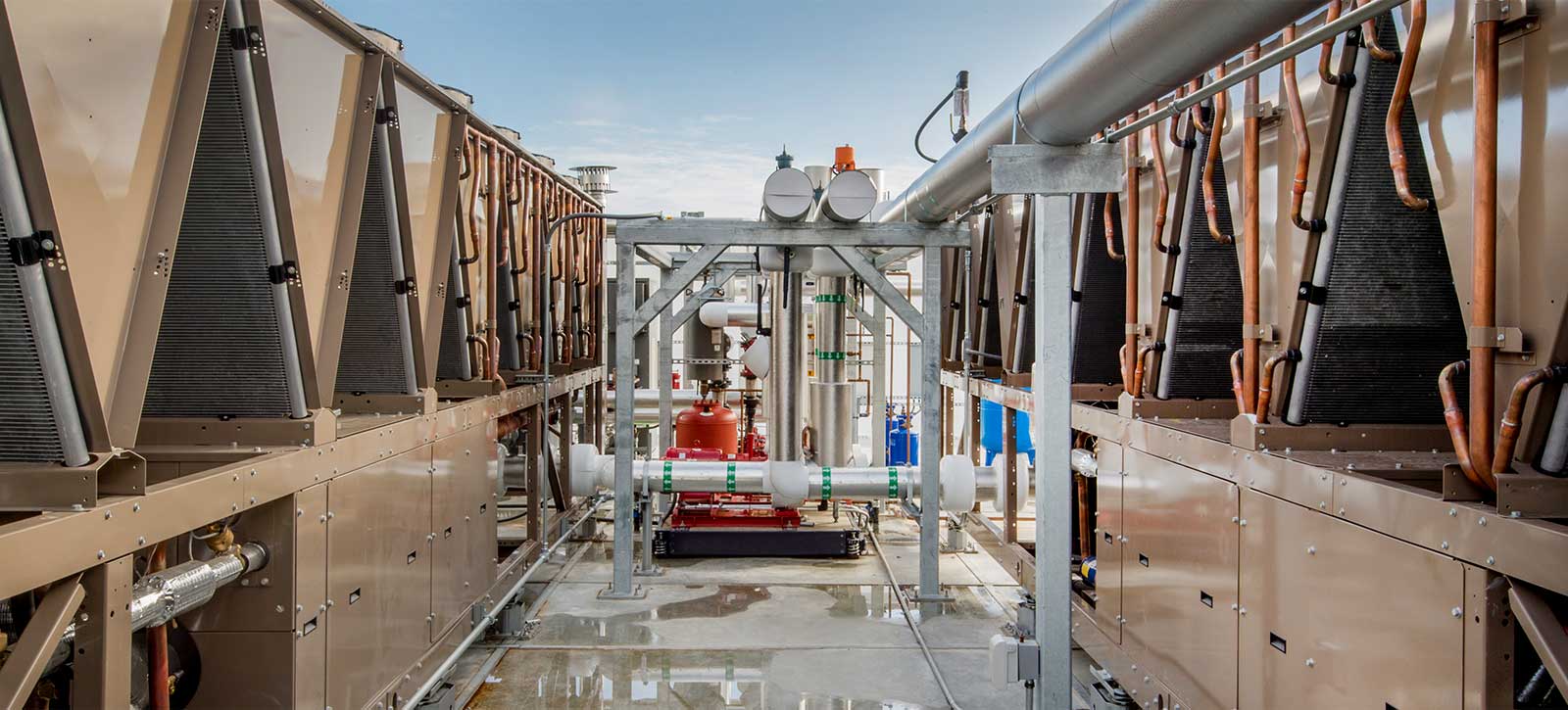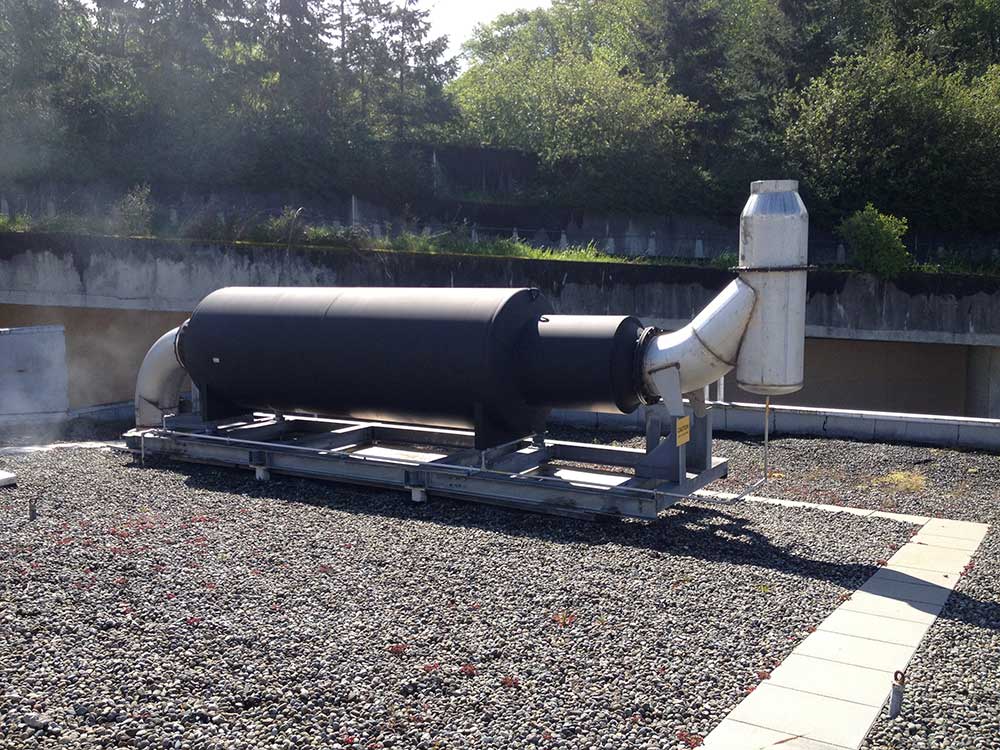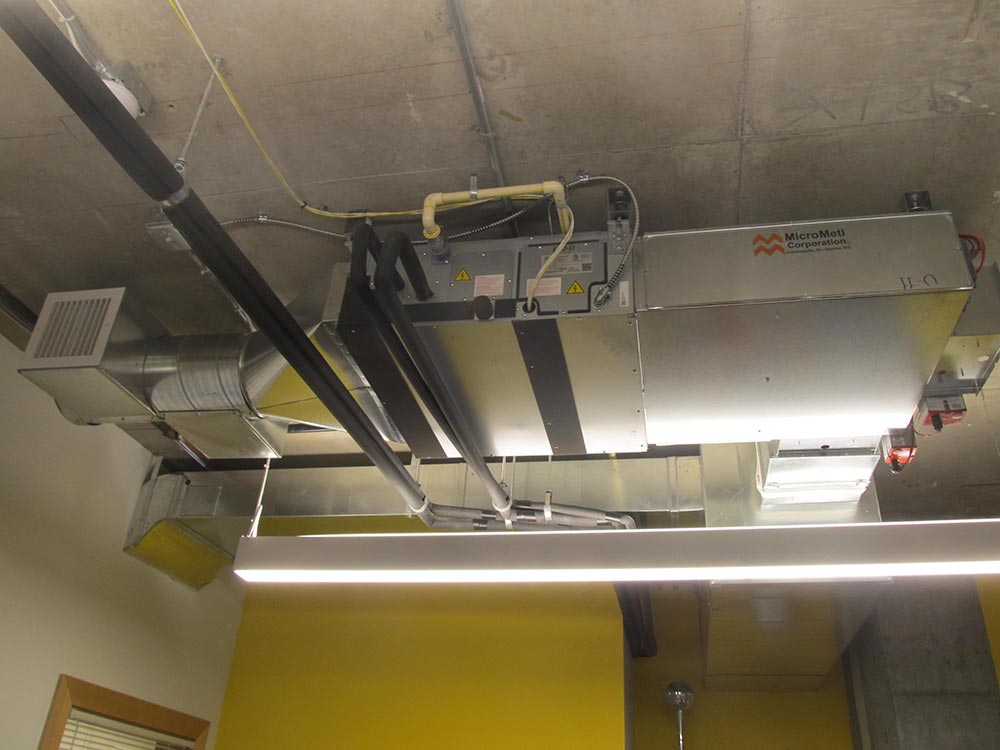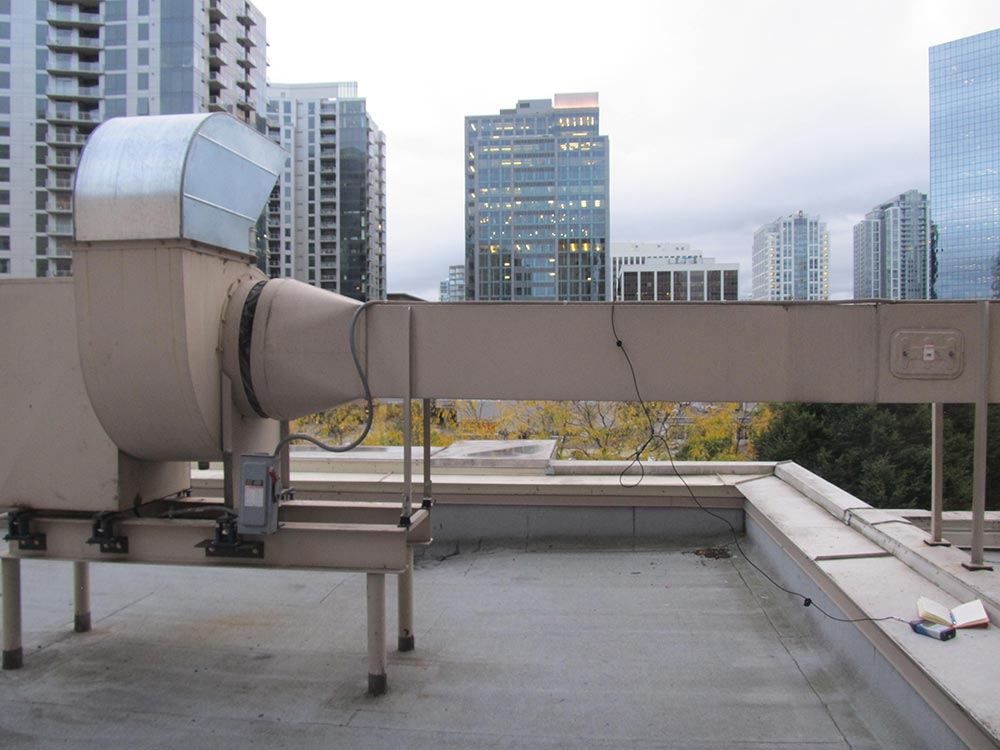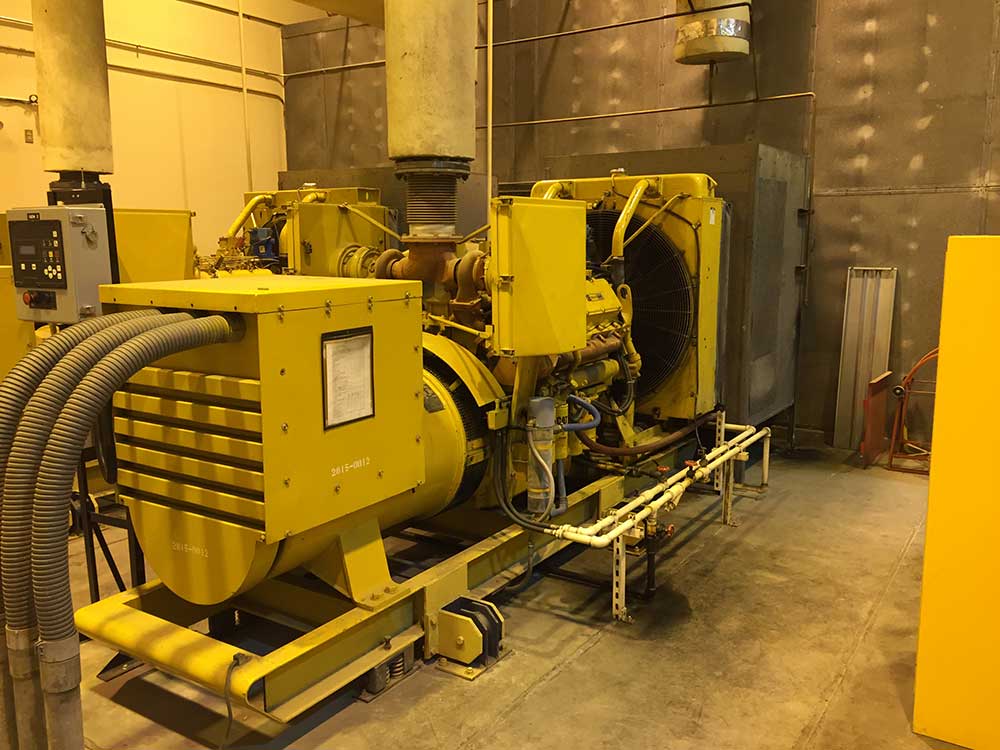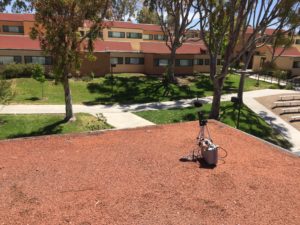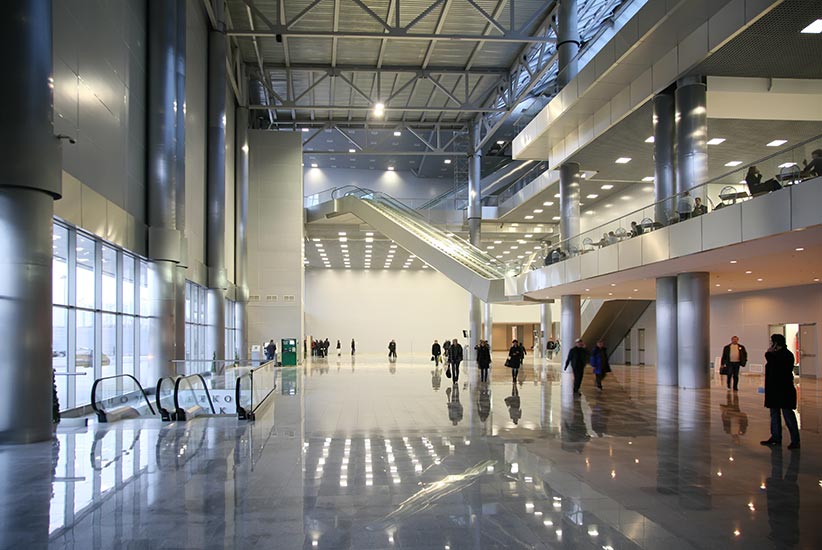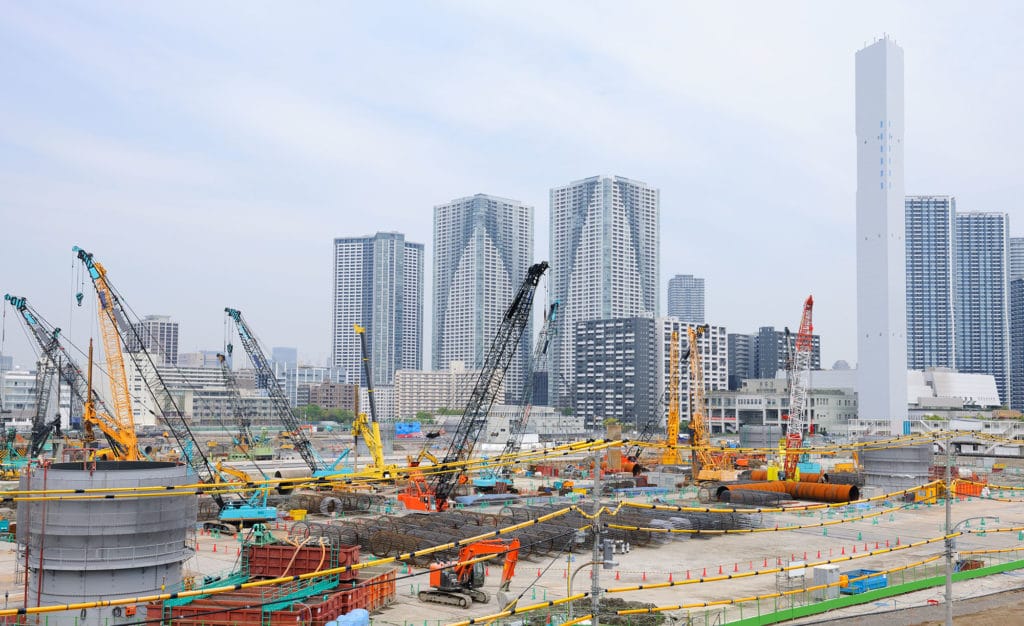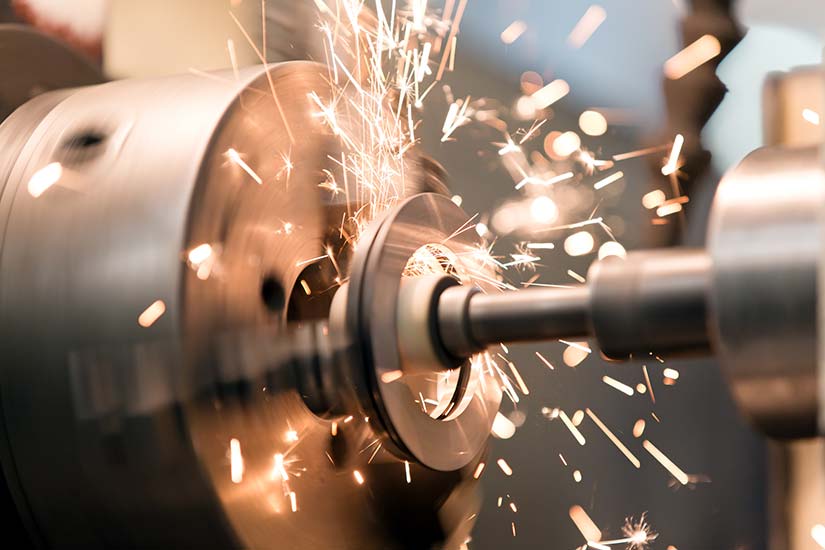Mechanical, electrical, and plumbing systems each contribute to noise and vibration – creating the
potential for discomfort and disruption. In office space, this can prevent focused work or limit effective teleconferencing. Hospitals and medical facilities with these issues may see a correlation with patient care and recovery. In multi-family residences this can manifest as interference with rest and sleep.
It’s important to recognize that system noise can be a benefit to mask potentially intrusive and distracting noise, if properly engineered to the correct amplitudes and frequencies. Systems cannot only be too loud, but in some cases too quiet. Hitting the correct targets for background noise can dramatically impact project success and user perceptions.
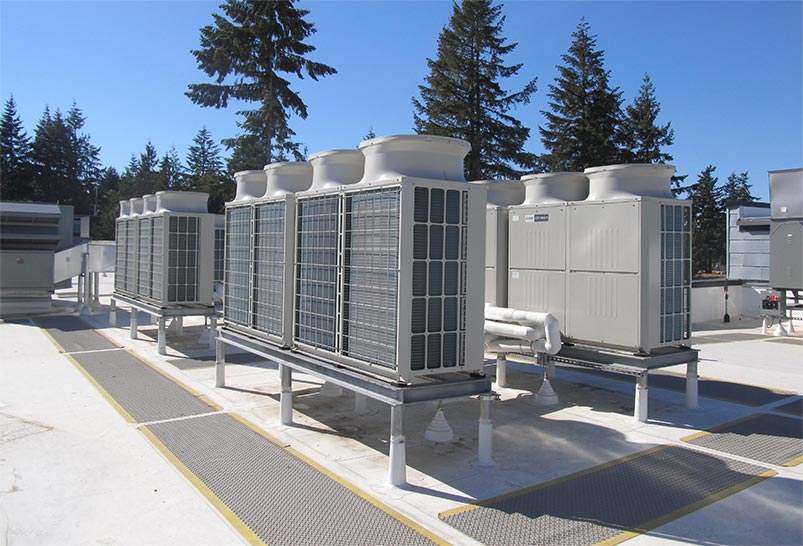
coordination both of these conditions can be efficiently addressed.”
When addressing building systems noise and vibration control, we thoroughly review the system design and equipment, including specified mechanical, electrical, and plumbing components and routing. Our engineers recommend cost-effective mitigation options to meet noise design goals.
As with any project, early involvement is critical to help limit construction costs and avoid costly post-
occupancy remediation. The best results involve collaboration with the engineers and designers to select mechanical systems that meet the noise performance needs with limited mitigation and change order expenses.
